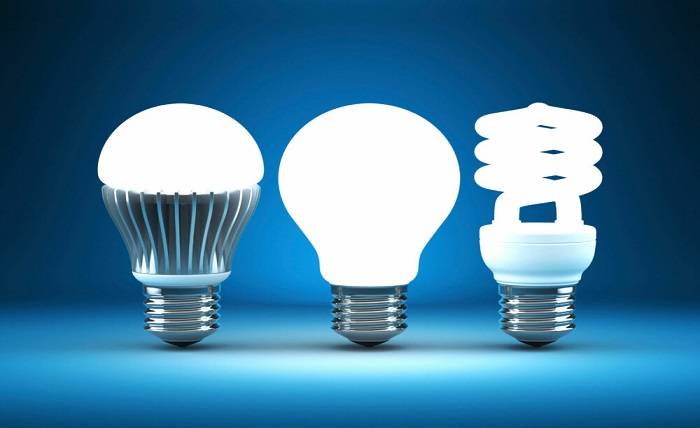A quick and simple explanation about the light emitting diode (LED) is required to understand the many uses of this light source densipaper. Although LEDs are an optoelectronic device, their optical properties must be optimized for their various applications. The size of the diode, the type of semiconductor material used in its production, and the type of impurities that “dope” the semiconductor can all have a major effect on their overall optical properties.
In the 1970s, researchers and manufacturers began to recognize the value of LEDs, and began to produce them in a large number. This led to the use of LEDs in scientific instruments, clock radios magazines2day, and computer card readers. Although these early LEDs lacked color and efficiency, they were widely used for many applications and were even used in spacecraft. Today, LEDs have improved significantly, and manufacturers are continually searching for new ways to make them more efficient, less expensive, and more versatile.
One of the main problems associated with LEDs is their inherent lack of control over light color. While some LEDs are capable of producing different colours lifestylemission, this control is not possible due to the fact that the forward current is not regulated. This causes a greater range of performance between LEDs. To avoid this problem, LEDs should be used only in applications where they are designed to produce a uniform amount of light. The forward current of LEDs is usually in the range of 10 to 20 mA.
An LED is made up of three semiconductor layers. A common cathode layer joins the anode and cathode connections. This common cathode display then illuminates individual segments with a HIGH logic signal while the anode connection is low. Unlike a normal p-n junction diode getliker, LEDs require a high-voltage source to be operational. A battery needs to be attached to the positive and negative terminals of the LED.
LEDs are made from 10 mil thick semiconductor wafers. They are then polished to create a smooth surface so that it can conduct electricity. This is the same process as polishing a surface for a paint job. The semiconductor wafer should be a single crystal of uniform composition. However , imperfections in the semiconductor can affect the light produced by LEDs. Because of this ventsmagazine, the LED’s light may differ from a standard halogen lamp.
LEDs are a modern alternative to traditional light bulbs. LED lighting products can produce up to 90% more light than incandescent lights. LEDs are solid state devices that generate energy in the visible spectrum. They have a long life span compared to other light sources. LEDs are often used in LCD televisions. The LEDs used in LCD TVs are highly efficient and safer than normal incandescent light bulbs.
LEDs have several other advantages. They use much less power, are cheap, and have a high level of reliability. They can also be used in many applications such as digital clocks. They are also commonly used in display devices, including mobile phones and alphanumeric displays newmags. A few of the benefits of LEDs are discussed below. A few of these advantages may be enough to convince you to consider LED lighting for your next project.












